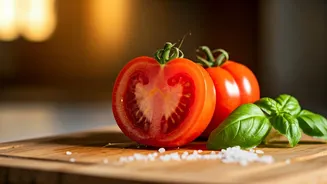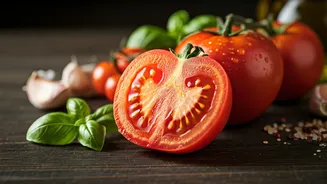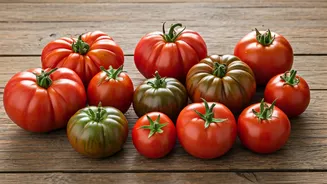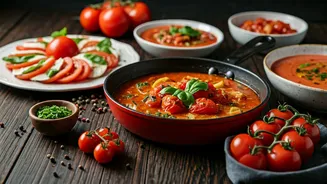A Sweet Celebration
Senegal's sweet couscous, a culinary jewel, showcases the versatility of this grain. The process usually begins with simmering the couscous with an assortment
of dried fruits. Raisins and dates, which contribute their natural sweetness, are frequently used. The sweetness is further enhanced with a touch of sugar. The blend of spices, including cinnamon and nutmeg, completes the balance of the dish's flavors. This preparation often includes meat like lamb or chicken, usually cooked separately and then added to the couscous. This preparation isn't just about the taste; it's also a celebration of togetherness, frequently served during special occasions and family meals. The finished product is a textured, aromatic dish, where the fruit's sweetness harmonizes with the spices' warmth. This version demonstrates that couscous is more than just an accompaniment and makes it a central component of an intricate dish.
Fresh Flavors of Tunisia
Tunisia features couscous in a refreshing salad, ideally suited for a light yet gratifying meal. This salad combines cooked couscous with assorted fresh vegetables. Tomatoes, cucumbers, and bell peppers, which are diced to create a colorful mixture, are standard. Seasoned with mint and parsley, it’s all mixed with a straightforward vinaigrette for a refreshing burst of flavor. Chickpeas provide an element of protein and texture. Tuna or seafood can also be included. This salad reflects the seasonal components of the region. The dressing, normally made with olive oil and lemon juice, enhances the flavors. It is served chilled, offering a pleasant alternative to warmer preparations, and is perfect for the warmer months. It showcases the region’s culinary creativity, blending common elements in a new and exciting way.
Vegetable-Rich Libyan Couscous
Libyan couscous, known as couscous bil khodra, prioritizes a hearty blend of couscous with a variety of vegetables. A flavorful broth-based cooking method infuses the couscous with rich flavors. Carrots, potatoes, zucchini, and chickpeas are typical ingredients, and they're simmered with aromatic spices and herbs. The broth, which typically includes cumin and coriander, enhances the vegetables and the couscous. Lamb or beef, cooked to tender perfection, is also included. The end result is a wholesome, filling, and satisfying one-pot meal, which perfectly embodies Libyan home cooking. The richness of the broth, blended with the soft vegetables and tender meat, creates a symphony of flavors and textures. This dish highlights the comfort and tradition of North African cuisine, and is the perfect option for a shared family meal.
Morocco's Vegetable Delight
Moroccan couscous with vegetables is a vibrant dish, and is often considered the national dish of Morocco. Traditionally, couscous is steamed, producing a light, fluffy texture. Vegetables, like carrots, turnips, and pumpkin, are slow-cooked in a rich broth with aromatic spices. Saffron, ginger, and cinnamon heighten their natural sweetness. The dish commonly includes a generous portion of chickpeas. Meat, such as lamb or chicken, cooked until tender, is also served with it. The couscous is then topped with a mix of vegetables, broth, and meat. This produces a layered textural and flavor experience. This meal reflects the essence of Moroccan culinary practices, blending fresh ingredients and aromatic spices. The flavors and presentation are delicious to both the eyes and palate.
Lamb and Spice in Algeria
In Algeria, couscous is often made with tender lamb. The preparation involves slow-cooking lamb in a flavorful broth, usually with vegetables, like carrots, onions, and zucchini. Spices like cumin, paprika, and turmeric add to the flavor. The couscous is typically steamed to a light, fluffy texture. Lamb and vegetables are then placed on the couscous, often garnished with chickpeas and a flavorful broth. This dish is hearty, satisfying, and reflects Algerian culinary traditions. The slow cooking process tenderizes the lamb and blends the flavors. It’s the ideal dish for family gatherings and celebrations, reflecting sharing and hospitality in Algerian culture. This simple dish celebrates the quality of each component.













